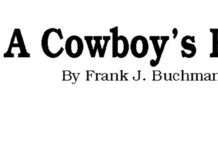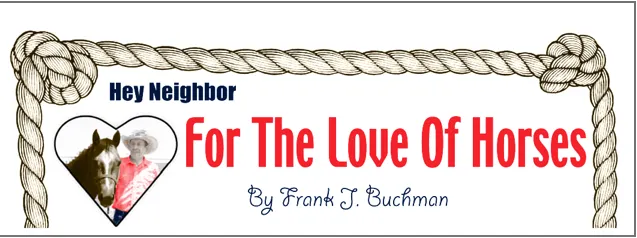People can be inclined to view taxes this way: Impose them on someone else – the “fair share” principle of human nature. But our system of property taxation at times has lacked all fairness.
In the 1980s, property assessments in Kansas seemed a product of throwing darts at a board in the courthouse boiler room. The system lacked practical reasoning. Assessments (thus, taxes) were often wildly out of line with the actual market values of most property, from housing and businesses to farmland, factories and inventories.
Gov. John Carlin, a Democrat, recognized this distress and offered a cure, its centerpiece a constitutional amendment. The plan would classify property by use and assign it a value; assessment rates were fixed in various categories – utilities, agriculture, residential, businesses and so forth.
Carlin convinced (Republican) legislators that an amendment would accomplish two things:
‒ A massive, statewide reappraisal of all property;
‒ A fresh listing of property classifications with their assessment rates. The key classifications and rates included residential, assessed at 11.5 percent of market value; mobile homes, 11.5 pct.; personal property, 25 pct.; businesses, 25 pct.; utilities, 33 pct., and others.
One property classification was crucial: Farmland would be appraised by its ability to produce income and assessed at 30 percent. The political and economic impact of this section was so significant that the entire amendment, covering a dozen classifications, came to be known simply as the “use-value amendment.”
This is because the amendment – approved by voters in November 1986 – protects farmland assessments through use-value appraisal; taxes were (and are) determined by the income derived from the land, not by its market value. The amendment was to prevent owners from being forced to sell land simply to pay the taxes on it. It was a critical reform, exposing a glaring issue with property taxes, the chief component in funding local schools.
*
The property tax was bound in the Territorial Constitution in 1859 but the state income tax was not adopted until the early 1930s.
Although the income tax is a state charge, property taxes are tied to local control on the premise that friends and neighbors can manage their towns more reasonably than troublesome and costly bureaucracies. But today’s friends and neighbors are no longer apt to be tomorrow’s. Consider the disparities in property values across Kansas and the transience of Kansans today.
In contrast, income and sales taxes have supported on a state basis many programs such as welfare, Medicaid, and higher education. This ran counter to Gov. Brownback’s dream in 2011 of a state with no income tax, and with heavier reliance on the property tax.
The school finance reforms of 1992 had created a statewide uniform property tax for schools, a central pool for allocating the revenue and an aid formula to resolve wide disparities among districts’ property values. It ordered the burden of finance to be shared more equitably and revived the quest for a more balanced network of state finance.
Twenty years later, Gov. Brownback countered those reforms with his “Glide Path to Zero”, massive income tax cuts ultimately financed by heavy borrowing and by looting state agency funds, especially those at the Department of
Transportation (highways). Big business and high-bracket earners were delighted.
The Glide Path, embraced by the legislature’s heavy Republican majority, brought the state nearly to bankruptcy with billion dollar deficits and a quadrupling of state debt. The state corrected course in 2017 with the departure of Brownback and the election of pragmatic legislators who saw the difference between trickle-down dogma and reality.
(Next: rural schools)




